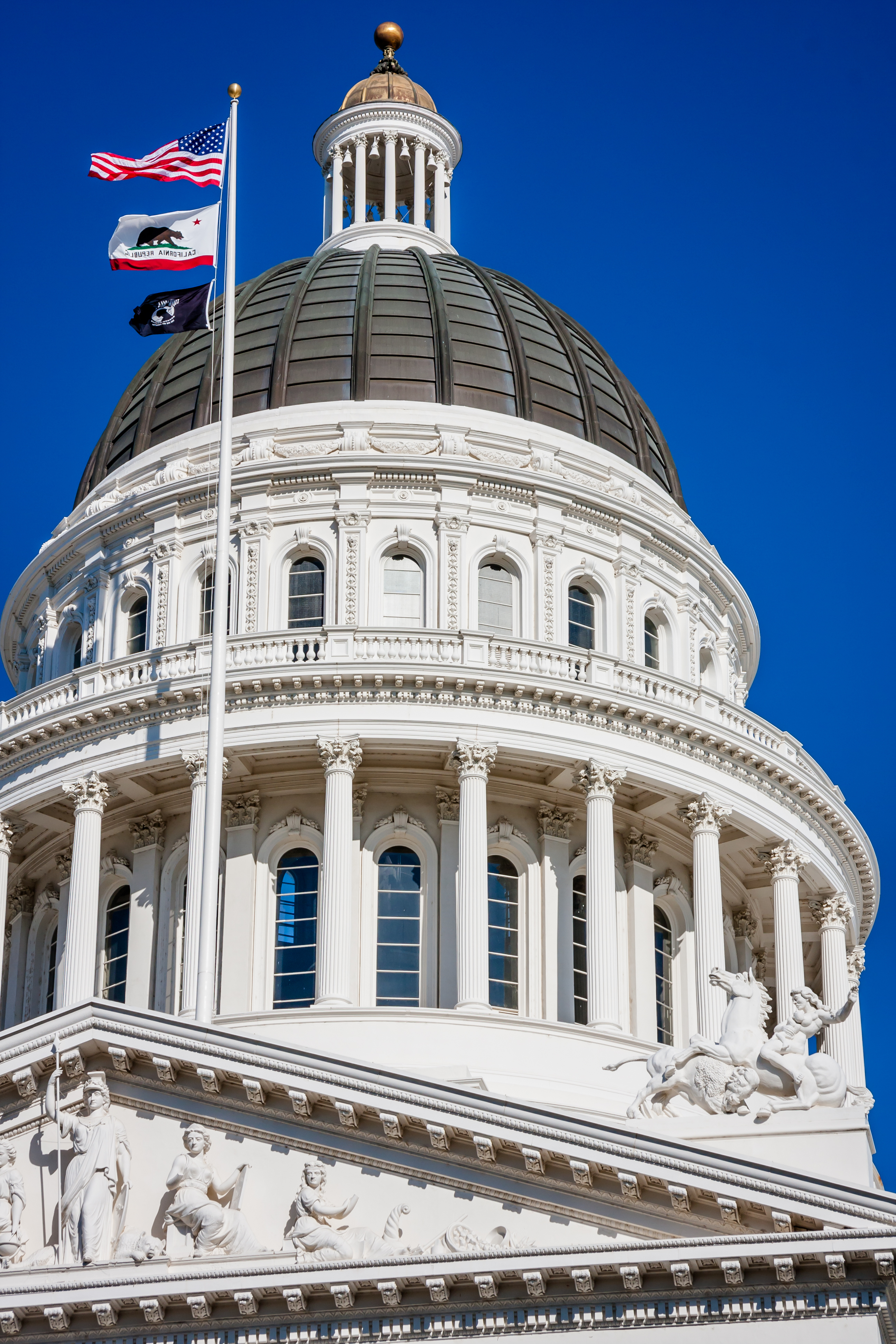A new state spending plan unveiled Thursday by Governor Jerry Brown would provide a $5.4 billion increase for California’s K-14 public school system.
 Indeed, the budget proposed for the fiscal year that starts July 1 reflects California’s steady economic improvement — and the governor’s commitment to fully implementing California’s new education funding formula.
Indeed, the budget proposed for the fiscal year that starts July 1 reflects California’s steady economic improvement — and the governor’s commitment to fully implementing California’s new education funding formula.
“Overall, this budget is welcome news for Orange County students,” said Wendy Benkert, OCDE’s associate superintendent of business services. “We eagerly await a number of key details that will shed light on how this plan specifically impacts Orange County, but the governor continues to demonstrate his support for full implementation of the Local Control Funding Formula, and for the third year in a row, schools are poised to receive one-time dollars to support critical investments.”
The Local Control Funding Formula or LCFF, was designed in 2013-14 to channel more resources to students with the greatest needs. Along with a base level of funding by grade span, it sends additional dollars to districts based on their number — and concentration — of English-learners, low-income students and foster youth.
When it was created, the LCFF established target levels of funding for school systems that were to be achieved by the 2020-21 school year. Until then, districts have been receiving annual increases in the form of “gap funding,” referencing the gap between what they currently get and the target amount. Based on his proposal, the governor wants to increase the gap funding by $2.8 billion this year, or about 5.4 percent.
Brown’s plan also includes more than $1.2 billion in one-time discretionary spending for school districts, charter schools and county offices of education. This funding could support key investments for districts, including standards implementation, technology, professional development, training for beginning teachers and deferred maintenance.
“The ongoing economic recovery in California will increase the Proposition 98 budget guarantee for schools up to $71.6 billion, a dramatic improvement from the $47.3 billion budget share in the depths of the recession five years ago,” State Superintendent of Public Instruction Tom Torlakson said Thursday in a statement.
Note that the governor’s proposal serves as a starting point for budget deliberations that typically go for months. The next fiscal milestone at the state level is May, when Brown is expected to release a revised spending plan based on the latest economic data and projections.
OCDE staff and school district leaders will continue to analyze details of the governor’s proposal as they emerge.
